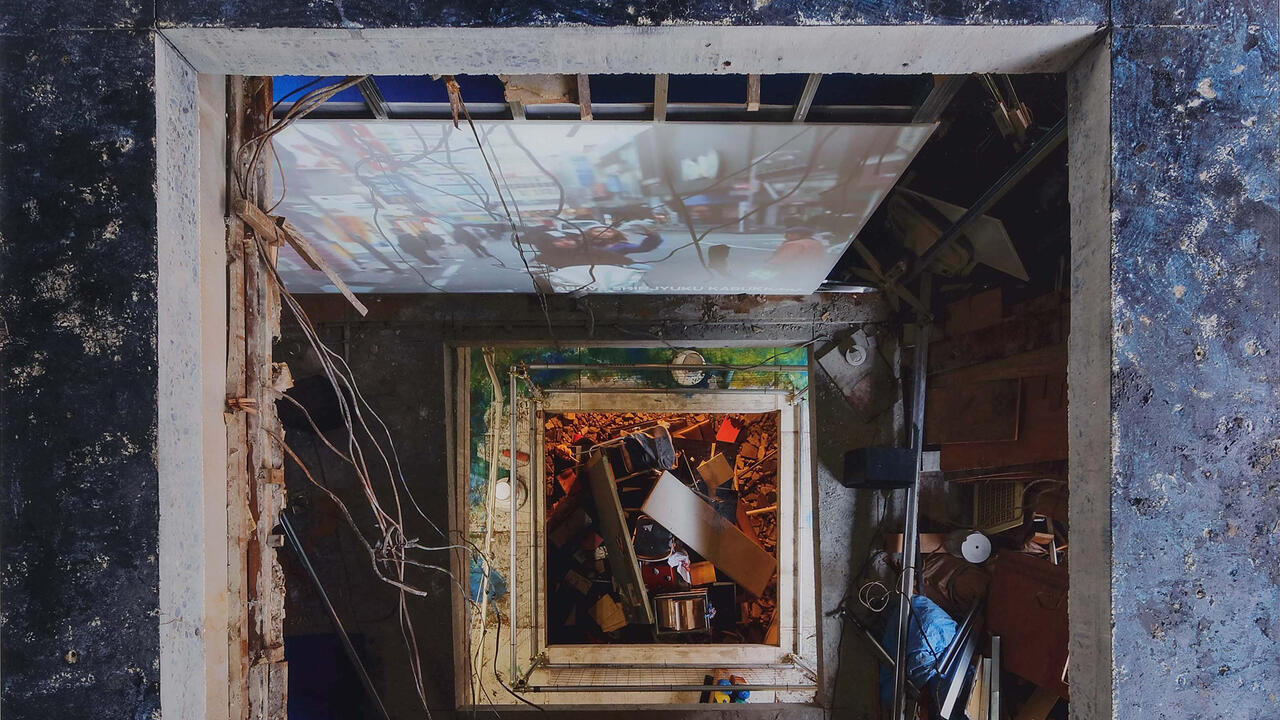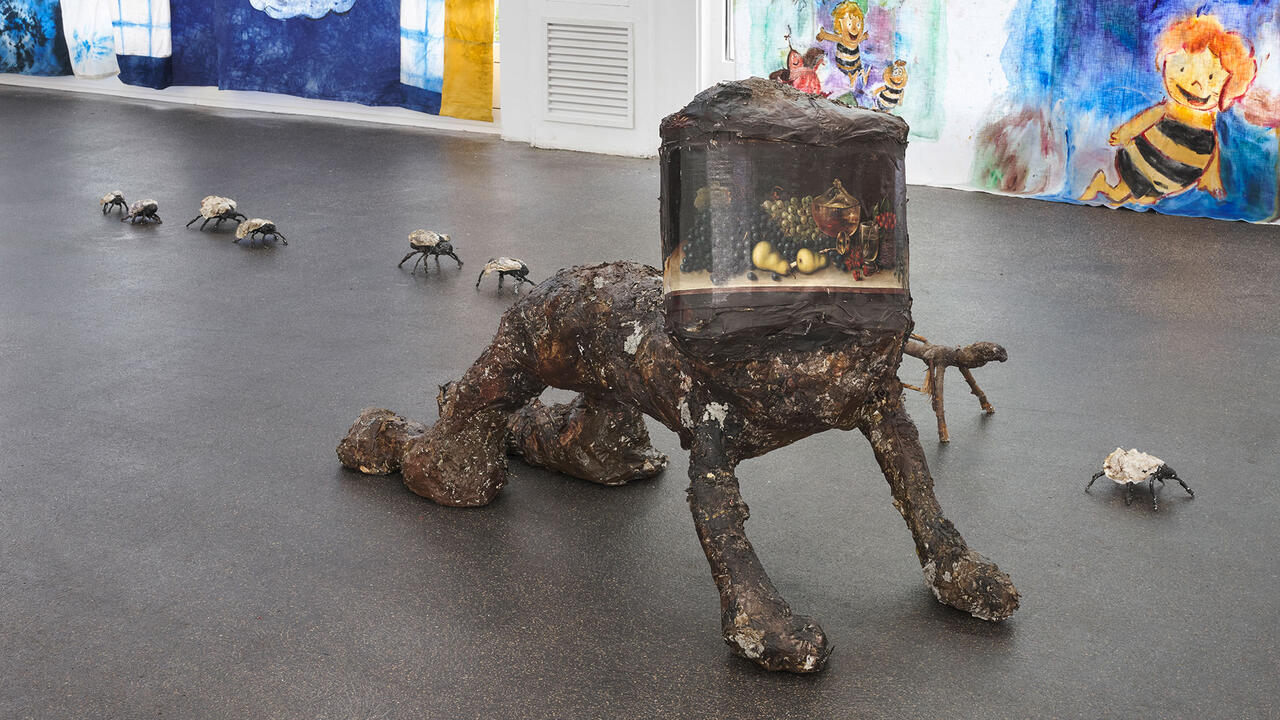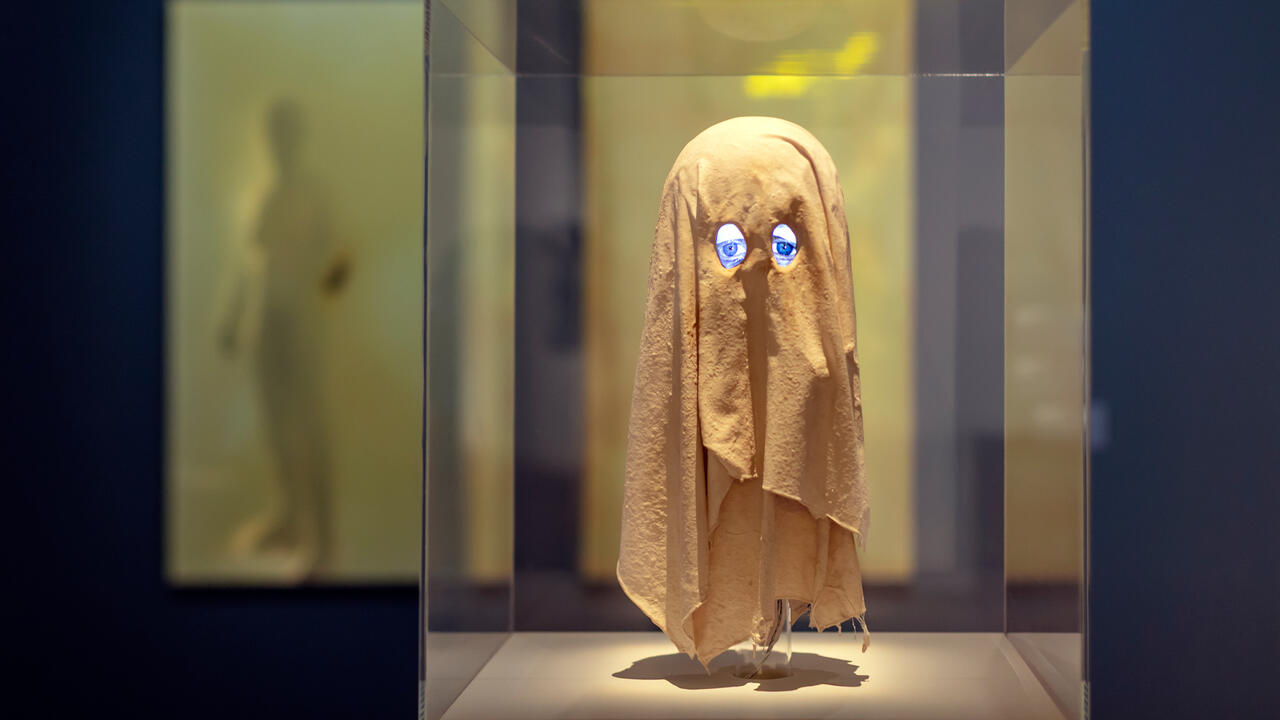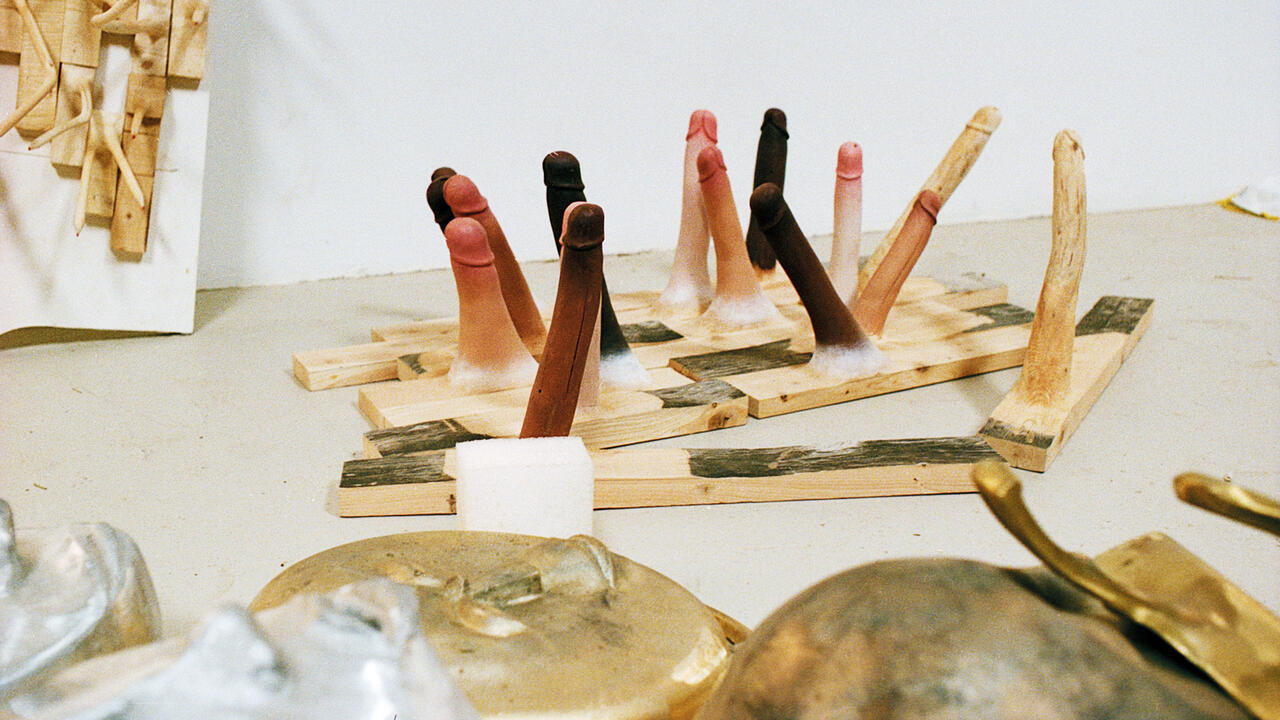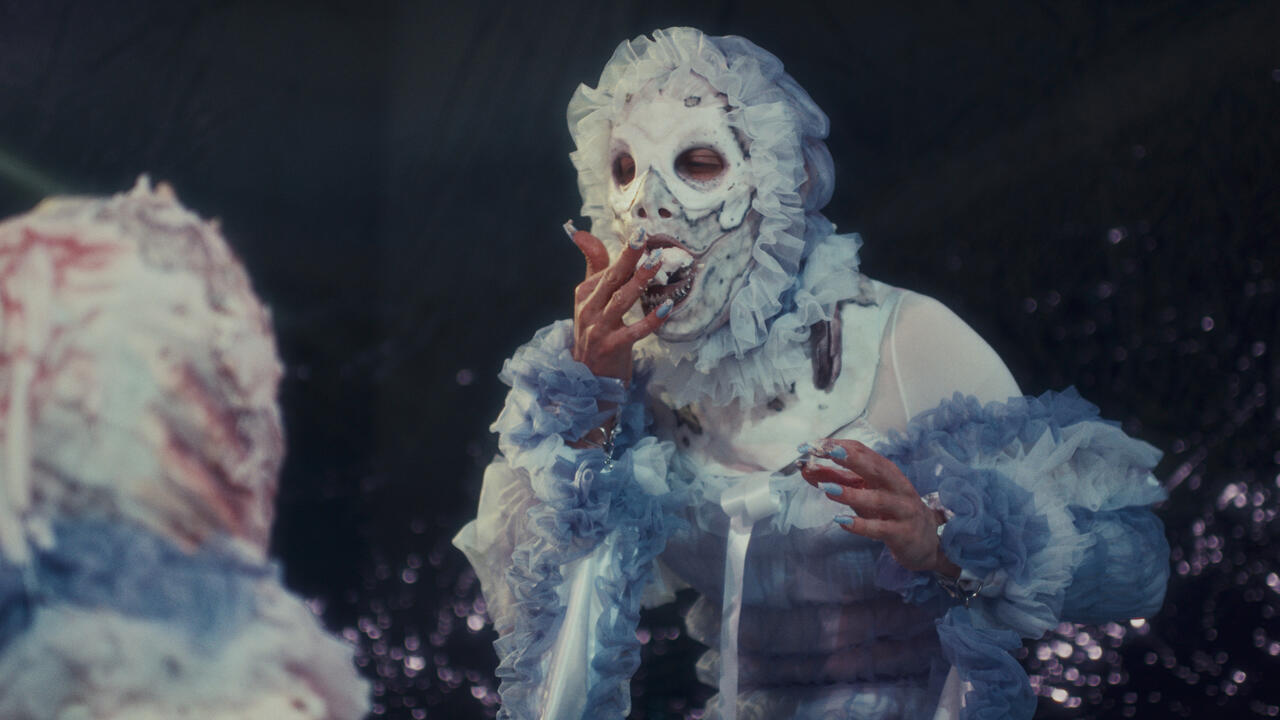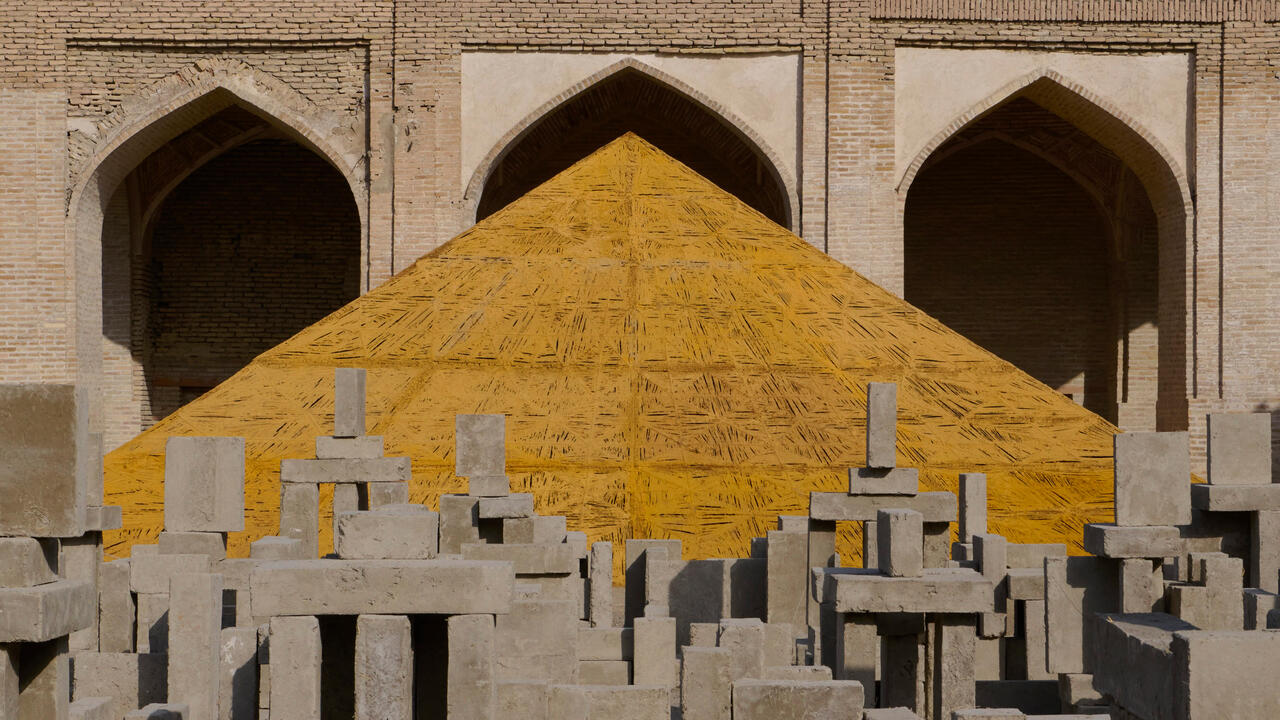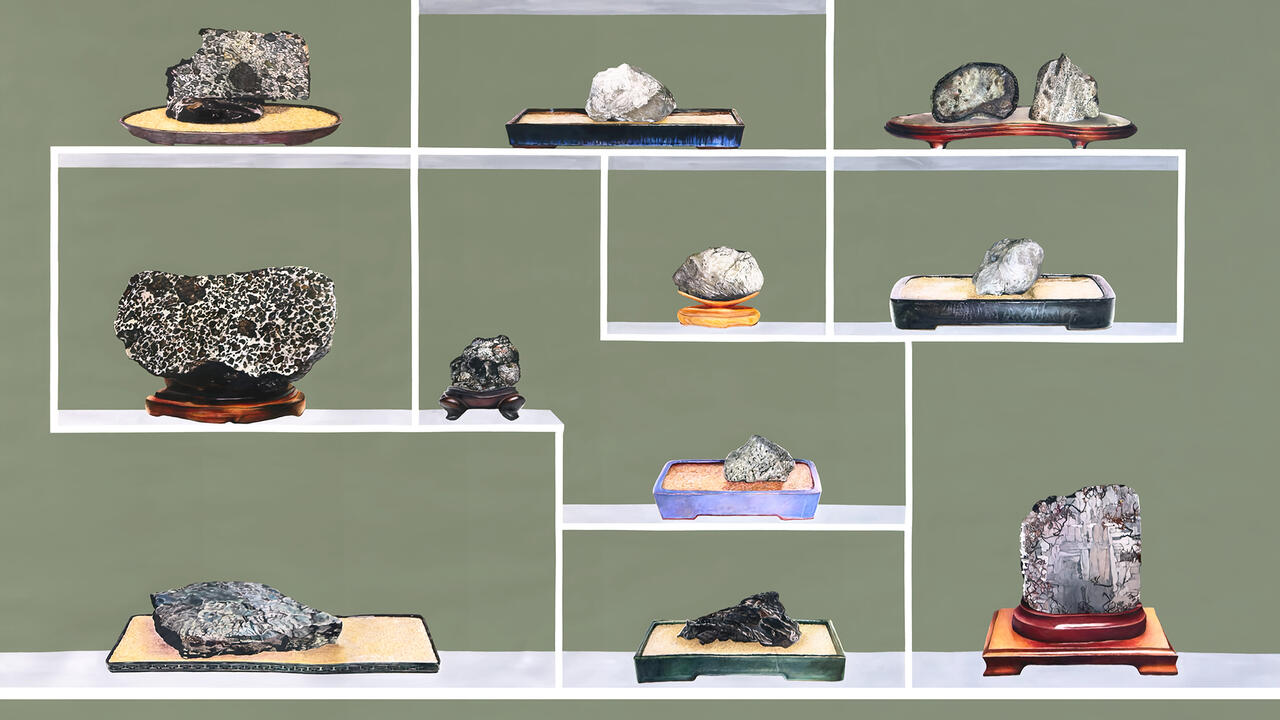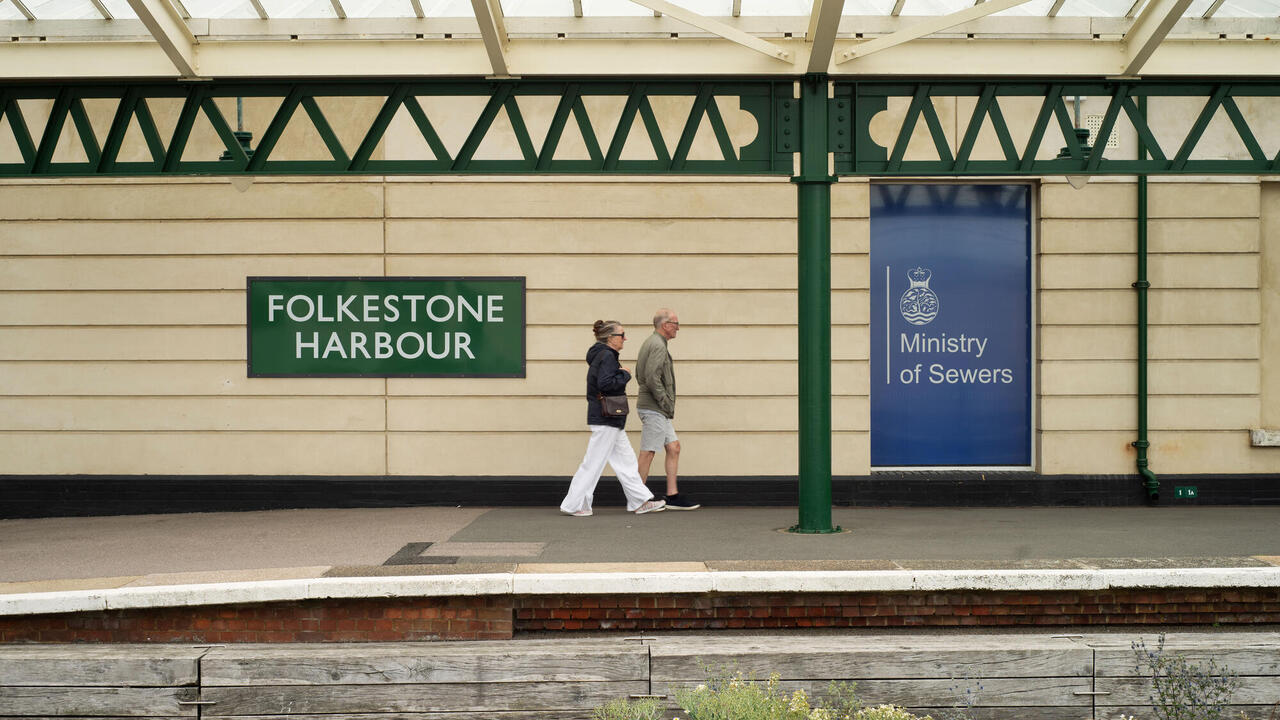A Guide To The Best Shows in Dusseldorf and Cologne During DC Open
Celebrating a new season of exhibition openings, your guide to what to see in the Rhineland cities
Celebrating a new season of exhibition openings, your guide to what to see in the Rhineland cities


Banu Cennetoğlu
Kunstsammlung NRW, Düsseldorf
6 July – 10 November
In a typically sparse, two-room presentation, Turkish artist Banu Cennetoğlu draws on archive materials to create parallel social narratives. A varied selection of local and national newspapers in various languages, all published on the same date, neatly illustrate the multiple lacunae and divergences in the media’s assessments of reality, rendering tangible the discrepancy between the human capacity for processing information and the vast quantities of material with which we are bombarded on a daily basis. This realization is compounded by the film 1 January 1970 – 21 March 2018... (2018), which shows Cennetoğlu’s entire personal and work-related image archive of the last 12 years in an unfiltered sequence that runs for a total of 128 hours. Just as in real life, everyone sees something different.

Klaus Merkel, ‘mews’
Max Mayer, Düsseldorf
6 September – 31 October
In Klaus Merkel’s oeuvre, individual works and series meticulously reference one another, with each image always revealing the context from which it evolved. The artist’s latest exhibition at Max Mayer, ‘mews’, which includes both recent and historic works, clearly illustrates this layered approach. Merkel’s new series, ‘Tiere’ (Animals, 2019), for instance, reuses works from the 1980s as backgrounds but overlays the systematic coldness of his earlier abstractions with cruder gestural forms. This marks an interesting shift in Merkel’s practice for, although the habitual referencing remains, his paintings now appear to be aiming for more immediate visual impact. This show is yet further impressive evidence of how Merkel succeeds, time and again, in advancing his singular approach.

A.K. Burns, ‘Negative Space’
Julia Stoschek Collection, Düsseldorf
6 September – 15 December
Given the recent focus in art on the socio-political significance of the body, it is surprising that A.K. Burns has had so little exposure in Germany to date. Her show at Julia Stoschek Collection, ‘Negative Space’, consists of four multimedia installations and a dozen collages, in which she applies paper cuttings, varnishes and oil paints to shop-bought bathroom mirrors. Standout works include Body Building, Building Body (2019), an intelligent composition of human and architectural bodies on a mirrored grid, and Leave No Trace (2019) – one of the dramatically staged installations – in which the artist opens up a space with sci-fi narratives to engender a dream of a LQBTQ-friendly society.

Lutz Bacher, ‘Firearms’
Galerie Buchholz, Cologne
30 August – 26 October
The big question hanging over this exhibition at Buchholz is: can a show of Lutz Bacher’s work prove successful without the direct intervention of the recently deceased artist, who had a reputation for maintaining near-maniacal control over every detail? As far as this exhibition is concerned, however, such fears are unfounded. It features Bacher’s final work, ‘FIREARMS’ (2019): a series of 58 prints showing the individual pages of a gun manual. Alongside a matter-of-fact photograph of each gun is listed its name, specifications and a short deployment history. The cool objectivity of these portrayals is striking, lending, as it does, a repulsive normality to the act of killing. Also not to be missed: a selection from Bacher’s large collection of spy novels at Antiquariat Buchholz.

Cezary Poniatowski & Sami Schlichting, ‘Hereafter’
Mélange, Cologne
5 September – 6 October
For ‘Hereafter’, Cezary Poniatowski and Sami Schlichting darkened the apartment that houses Mélange, re-creating the claustrophobic atmosphere of a crypt or catacomb. Schlichting’s raw grid structures, made from wood and a mixture of clay and hay, lean against the walls. Biomorphic forms emerge, uncanny in the hazy light. Spread around the space are smaller, totem-like sculptures covered in black synthetic leather: Poniatowski’s convincing translation of industrial materials into zombie-like organic forms. Here are two artists who share the same sensation for the uncanny.

Helga Goetze, ‘Ficken ist Frieden’
Delmes & Zander, Cologne
7 September – 30 October
Last year marked the 30th anniversary of Delmes & Zander – a gallery that continues to present interesting works by outsider artists. The current exhibition ‘Ficken ist Frieden’ (Fucking Is Peace), features wall hangings by Helga Goetze, who spent decades as a sex-positive activist trying to loosen up Berliners’ stiff morals with slogans like: ‘Fucking is important’. The hangings in the exhibition show an idealized state of liberal sexual mores. The largest work, Indianische Astrologie (Indian Astrology, 1984–85), depicts humankind in harmony both with the natural world and with its own nature, its own desires. While there is a striking stylistic similarity between these works and those of American artist Dorothy Iannone, Goetze developed her style significantly earlier.

Daniel Dewar & Grégory Gicquel, ‘Body of Work’
Jan Kaps, Cologne
6 September – 26 October
Following a series of recent institutional shows, ‘Body of Work’ at Jan Kaps concentrates on Daniel Dewar & Grégory Gicquel’s material idiom. Presented side by side, sculptures dating back from now to 2006 demonstrate the artists’ affinity for traditional craftsmanship. One particularly notable work in this ‘best of’ show is the stop-motion animation Legs (2012), featuring footage of sculptures – made of wet, unfired clay – in forest landscapes. Torsos, limbs, rams’ heads: the piles of clay constantly shift, creating ever-new compositions, as though the artists were seeking a perfect harmony between the infinite formal potential of wet clay and the beauty of the natural landscape.
Translated by Nicholas Grindell
Main image: Daniel Dewar & Grégory Gicquel, Legs, 2012, video still. Courtesy: the artist and Jan Kaps, Cologne








